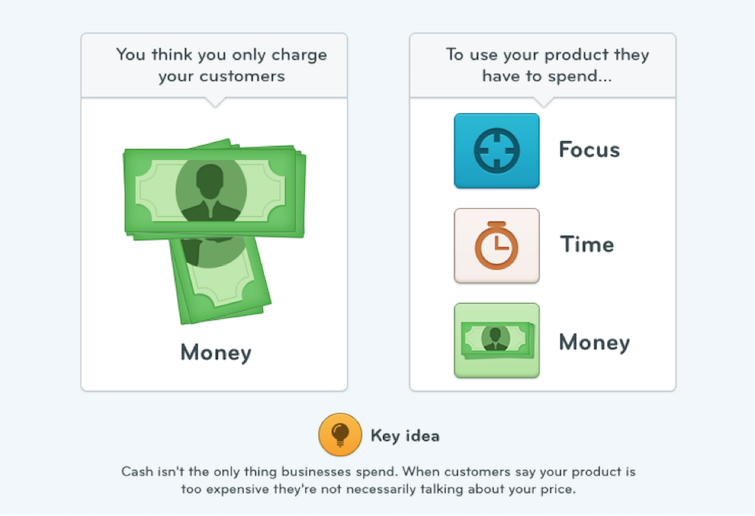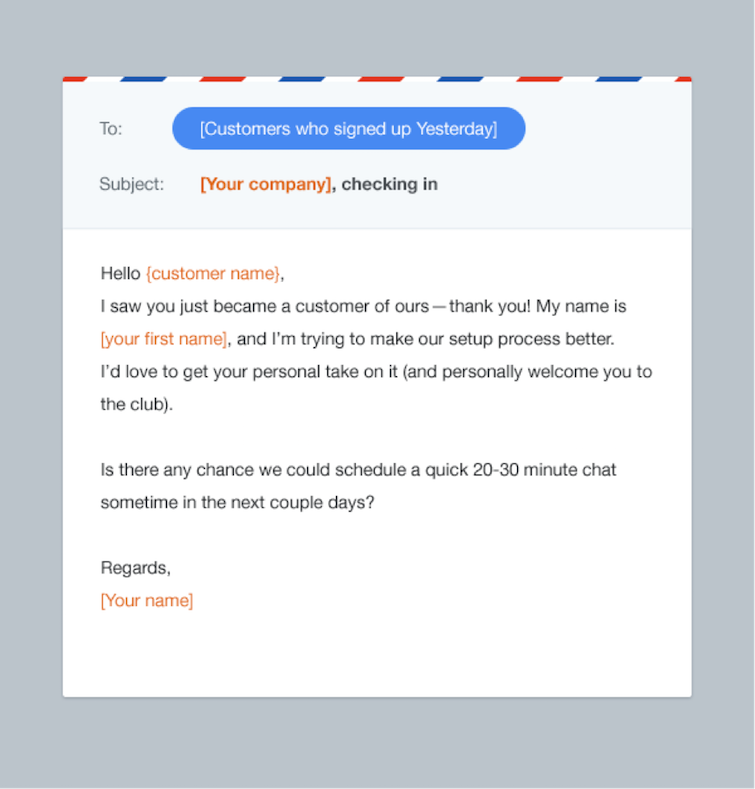*Editors Note: Guest post by Des Traynor, the current VP of Customer Success and Co-Founder of Intercom.
At Intercom we allow potential customers to trial the product free for 14 days – that’s pretty typical for software-as-a-service (SaaS) companies.
These trials are a fantastic way to show potential customers exactly how necessary our product is. They can give potential customers an idea of how much easier Intercom can make their job and leave them thinking, “how did I ever get by without that?”
But they are not without risk. A poorly executed trial gives potential customers the opportunity to realize how little a product has helped them and confirms your product isn’t a worthwhile investment.
But there’s good news. SaaS trials rarely fail because the product can’t deliver what the customer needs it to. They fail because customers don’t use the product in the most effective way.
That’s good news because it gives us the chance to fix it. If most trials failed because the product couldn’t do the things people needed, there wouldn’t be any way of improving trial conversion rates. But by changing the way we manage trials, it’s possible to produce a different outcome. With a few changes in approach, we can close the gap between the value the customer gets from a product and the value it could deliver. Ultimately, that means we can close more business by converting trial users into paying customers.
The Value Problem

You know you have a value problem when you hear the following:
- I just haven’t gotten around to it yet.
- It’s pretty expensive.
- I will once I get the time.
- We can’t afford it yet.
- That’s not important for us right now.
You’ve heard these before, right? They all mean the same thing: “I don’t see the value“. You see, cash isn’t the only thing businesses spend. They spend time and focus too.
Using your product or feature has to be worth the time, focus, and money. Money is usually the least of the concerns. $29 per month doesn’t mean a whole lot to a business dropping $20K per month in salaries alone—and that’s a very small business.
Solving a value problem requires strong positioning. It comes down to how you sell your product, how you frame your offering. An Audi looks expensive at a car dealership but looks like a bargain at a yacht show. $29 a month is pricey for “5GB of file storage” but great value for “the certainty of keeping your family photos safe forever”.
Below I’ve broken out some of the things we’ve had success with. The recurring themes: Know your customers’ problems and Show them how your product can help.
1) Understand How Participants Define Success
At the end of a trial, participants might say they didn’t convert because the product seemed too expensive. But that’s simply not correct. Or, more accurately, it’s not complete. What they’re really saying is: ‘“It’s too expensive … for the value I received during this trial”. How do we know? Because they knew what the price was before the trial even started.
Too often, the biggest gap isn’t between the value of our product and our customers’ expectations. It’s between our understanding of their expectations and their actual expectations.
So, contact prospects early in the trial – or before it even begins – to make sure both sides understand what will be evaluated and how. Things like…
- What is the user hoping to accomplish?
- What problem will that solve for them?
- How big of a problem is it? A minor annoyance or “can’t do my job without solving it”? (In other words: how much $ are they willing to spend on a solution!)
The point is, we must know our customers’ needs and how important they are to their jobs.
2) Planning Communication and Outreach

More often than not, products can provide what our customers need. The problem is our customers might not know how to use the product most effectively.
This is where a well-timed outreach offering a tutorial can make a trial successful. If we’ve done step one correctly, we should already know exactly what our customers are trying to accomplish with our product.
The best part is – customers actually want these messages! At this point they’ve already bought in – now they just want our help doing it.
3) Pre-Empt People That are Likely to Quit
Too many companies wait until someone cancels their service before they reach out to try to turn the relationship around. And when they do cancel, the customer often says it’s because the service is too expensive. So what does the sales team do? Offer a discount. Needless to say, this approach rarely works. (Remember, the service isn’t too expensive. It’s too expensive for the value they’ve seen our product deliver.)
I’ve found we can get much better results if we reach out before they cancel.
Step 1: Identify the cancellation risks by looking for decreasing usage. Intercom allows us to track users in an app and see which ones are slipping away.
Step 2: Message them. Using Intercom we can set up auto-messages, which are sent as email or in-app messages, to send to users who are displaying behaviours that suggest they are slipping away.
Step 3: Workout what went wrong. We use Intercom to send them a message to ask them why they aren’t using us any more.
At this point we ask for feedback and identify why they stopped using Intercom. Often it’s because they couldn’t find a feature they wanted or they couldn’t figure out how to do something. Either way, it’s an easy and productive conversation.
Best-case scenario: Our product can do what they need it to and we can show them how
Worst-case scenario: We get great feedback on what customers need.
The key is getting those conversations started when we detect a gradual slowdown. Once the customer is gone, a coupon isn’t bringing them back. Solving their problem will. And that only happens when we take the time to understand what our customers need to accomplish and show them how we can help.
What else have you found helpful when running trials? What hasn’t worked? What did we leave out? Let us know in the comments.



